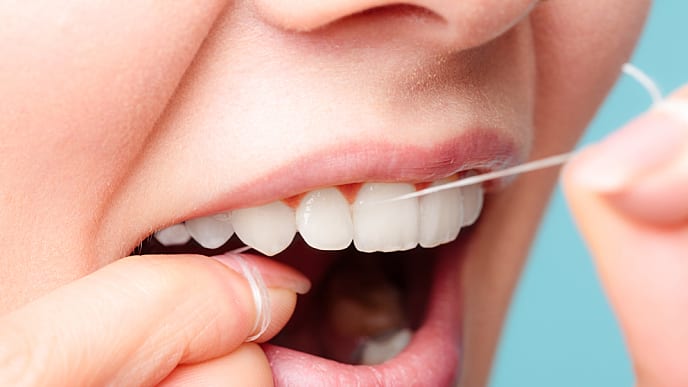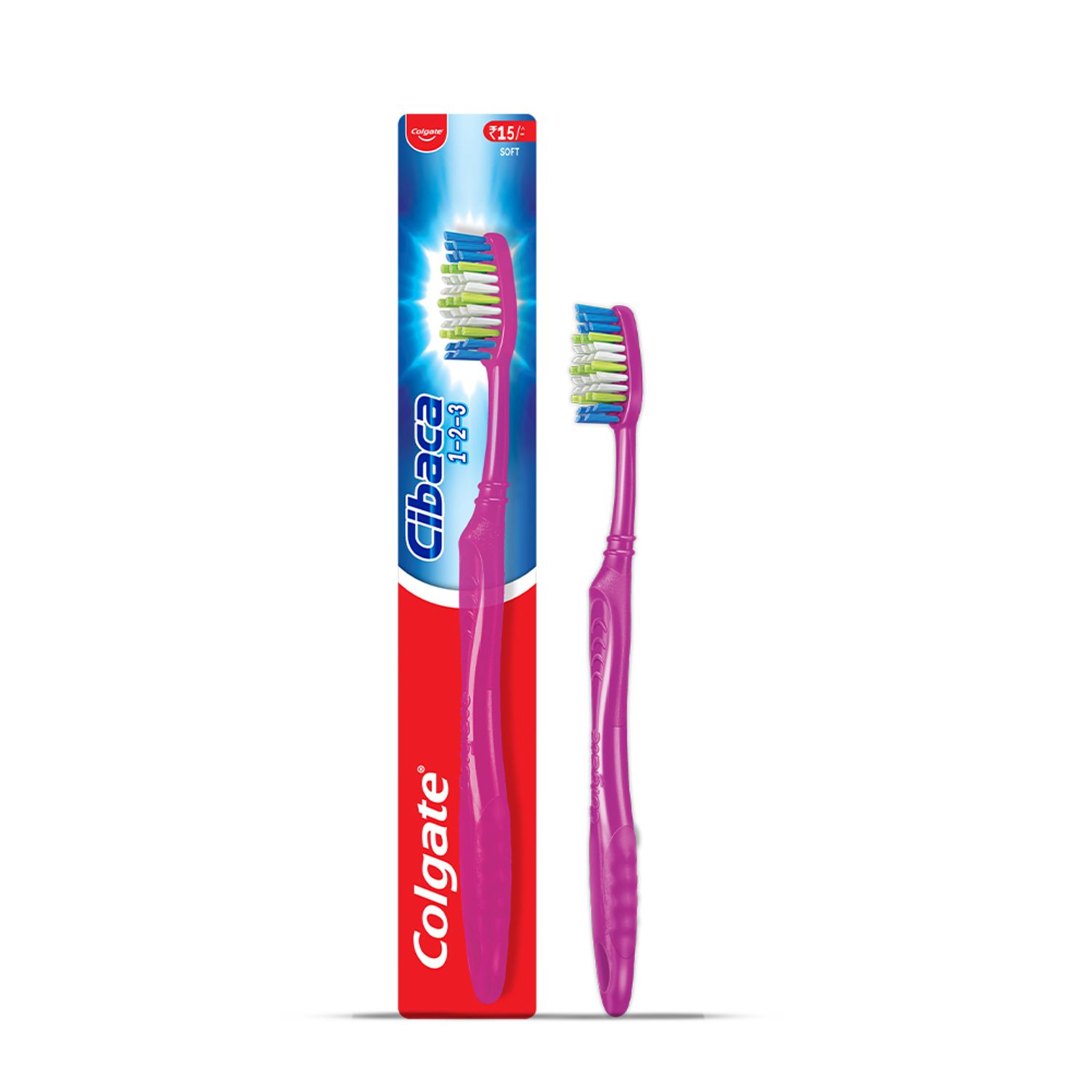-
-

TEETH WHITENING
What Is Stannous Fluoride Toothpaste?Stannous fluoride toothpaste helps prevent cavities, reduce sensitivity, fight plaque, and support daily gum and enamel health.

Selecting Dental Products
Best Toothpaste in India: Five Dentist-Recommended TypesToothpastes today are formulated to meet your every dental need and come in many flavours. Have your dental professional suggest the best toothpaste in India.
-
Science & Innovation
- ORAL HEALTH CHECK
- PRODUCT MATCH
- Colgate® | Toothpaste, Toothbrushes & Oral Care Resources
- Oral Health
- Brushing & Flossing
- How Does Water Flossing Compare to Traditional Flossing?


There's an old-school catchy jingle that says, "You are what you eat from your head down to your feet." Whether your preferred snack is fresh fruits and veggies or you prefer to satisfy your sweet tooth, at some point food will get stuck in your teeth. While your initial reaction is to brush those food particles away, remember that water flossers help too. For those who forego traditional flossing, water flossers might be the answer as well.
Types of Flossing
Traditional Flossing
Flossing helps to remove food particles and plaque from between your pearly whites and under the gumline. Teeth can decay and gum disease can develop when plaque isn't removed. If you're going to invest the time to floss on a daily basis, make sure you're flossing correctly.
Start by tearing off a piece of floss approximately 18 inches in length. Then wrap most of it around each middle finger. Only a couple of inches should be free to floss.
Use your index fingers and thumbs to hold the floss tight. You're now free to slide the floss up and down between each tooth. Be careful not to force the floss, and curve it around the base of each tooth. Work the floss around your fingers so that a clean section cleans each tooth. Use the same up-and-down sliding motion to remove the floss from between two teeth.
Water Flossing
Though water flossing is another way to clean teeth, it differs from traditional flossing. This modern method incorporates a hand-held device that removes food from between teeth using steady water streams. Water flossing is a substitute for traditional flossing for people who have difficulty holding string floss or who have dental work, such as braces, where maneuvering floss in between teeth can be tricky.
Flossing Benefits
The Times of India published an article on flossing in which cosmetic dentist Dr Karishma Jaradi states that "Another great reason to floss is that recent studies have shown that flossing helps to prevent heart attack or stroke".
Traditional floss containers are small and quite portable, so it's easy to floss even when you're on the go. They fit conveniently in a pants pocket, a purse, or a desk drawer at work. On the other hand, a water flosser device may be too big to take with you and needs to be plugged in, so the inconvenience may deter you from flossing while travelling or other places.
If you prefer traditional flossing to using a water flosser device, try the Colgate Total Dental Floss. Also do remember to schedule a dental cleaning every six months. Not only will a professional cleaning keep your teeth in good working order, but your dentist can identify mouth concerns before they become bigger problems.
This article is intended to promote understanding of and knowledge about general oral health topics. It is not intended to be a substitute for professional advice, diagnosis or treatment. Always seek the advice of your dentist or other qualified healthcare provider with any questions you may have regarding a medical condition or treatment.
ORAL HEALTH QUIZ
What's behind your smile?
Take our Oral Health assessment to get the most from your oral care routine
2.3 billion
people worldwide suffer from tooth decay
ORAL HEALTH QUIZ
What's behind your smile?
Take our Oral Health assessment to get the most from your oral care routine
2.3 billion
people worldwide suffer from tooth decay
Related Articles

Mouth sores and infections
What Are Canker And Mouth Sores?Learn why your gums might be white or pale. From canker sores to serious conditions, get insights on symptoms, diagnosis & effective treatments for healthy gums.

Dental emergencies and sports safety
Instant Relief from Tooth Pain: Essential TipsDiscover straightforward remedies on how to relief from tooth pain. Learn essential techniques to alleviate tooth pain and restore comfort effortlessly.

Adult Oral Care
Dental Health Care: What Is It & What Does It Mean to You?What exactly is dental health care, and what does it mean to you? Visit Colgate now and learn the main aspect of dental health care and why it's important.
Related Products

Helping dental professionals
More professionals across the world trust Colgate. Find resources, products, and information to give your patients a healthier future







